Recycled Packaging: Boosting Eco-Friendly Practices
-
By: Caroline Ray
-
January 13, 2025
Could going green be the competitive edge your brand needs? As consumer awareness and demand for sustainability rapidly climb, businesses are seeking eco-friendly solutions to position themselves as environmentally responsible. One effective strategy is the adoption of recycled packaging, which not only reduces landfill waste but also elevates your brand’s image. This article delves into the materials and benefits of recycled packaging, offering insights into how they contribute to energy conservation and appeal to eco-conscious consumers. Navigating the path to sustainable practices has never been more crucial, making recycled packaging a smart choice for businesses committed to social responsibility.
Understanding Recycled Packaging Materials
Recycled packaging materials play a pivotal role in minimizing environmental impact and supporting sustainable practices. Glass, metal, paper, cardboard, polyethylene, aluminum, polystyrene foam, and wood are among the most commonly used recyclable materials. Each of these materials offers distinct advantages. For instance, glass and aluminum are particularly noteworthy due to their high recyclability rates. Aluminum, used extensively in products like cans and foil, retains approximately 75% of its circulation, showcasing its durability and recyclability. The recycling of these materials not only conserves energy but also enhances brand reputation by appealing to environmentally conscious consumers who prioritize sustainability.
How do these materials contribute to energy reduction and appeal to eco-conscious consumers? By utilizing recycled materials, companies significantly reduce the energy required to produce packaging from raw materials. For example, recycling aluminum saves about 95% of the energy needed to create new aluminum from bauxite ore. Additionally, paper and cardboard recycling helps save trees and water resources, while reducing greenhouse gas emissions. The choice of recycled packaging materials aligns with the values of eco-conscious consumers, who often prefer brands that demonstrate a commitment to reducing their environmental footprint. This alignment fosters customer loyalty and can drive purchasing decisions in favor of brands that prioritize sustainability.
- Glass
- Metal
- Paper
- Cardboard
- Polyethylene
- Aluminum
- Polystyrene foam
Benefits of Eco-Friendly Packaging Solutions

Eco-friendly packaging solutions significantly contribute to reducing global waste, with a specific focus on minimizing plastic pollution in oceans and combating deforestation. By opting for sustainable packaging, companies can drastically cut down on the need for new resources, as these materials are designed for easy reuse, composting, or recycling. This approach not only conserves natural resources but also diminishes the volumes of waste ending up in landfills and oceans. The environmental impact of packaging choices is becoming increasingly important, as consumers are more inclined to support brands that demonstrate a commitment to sustainability.
While zero-packaging might be the ultimate solution, it remains a challenge, especially for ecommerce businesses. The nature of ecommerce often requires some level of protective packaging to ensure product safety during transit. Therefore, eco-friendly packaging serves as a practical alternative, balancing sustainability with practicality. By prioritizing materials that reduce environmental impact, businesses can play a crucial role in fostering a sustainable future. This shift not only meets regulatory expectations but also aligns with consumer demands for environmentally responsible products, enhancing brand loyalty and market appeal.
Innovative Designs in Recycled Packaging
Innovative designs in recycled packaging are redefining how businesses approach sustainability. Biodegradable and compostable packaging solutions are at the forefront, offering eco-friendly alternatives to traditional materials. These designs emphasize not only reducing environmental impact but also enhancing the overall functionality and appeal of packaging. By integrating sustainable materials, such as plant-based plastics or naturally sourced fibers, packaging solutions can significantly decrease waste and promote a circular economy. The focus on biodegradable and compostable packaging highlights a shift towards materials that break down naturally, leaving minimal environmental footprint.
Mushroom packaging and Green Cell Foam exemplify pioneering efforts in eco-friendly design. Mushroom packaging, made from mycelium, offers a sturdy, biodegradable alternative to styrofoam, providing secure cushioning for products. This material decomposes naturally, integrating seamlessly back into the environment after use. Similarly, Green Cell Foam, derived from corn, offers a compostable option that dissolves in water, making disposal both environmentally friendly and convenient. These innovations not only meet the functional requirements of packaging but also align with the growing consumer demand for sustainable products.
The role of design in recycled packaging extends beyond aesthetics to impact both sustainability and market appeal. Thoughtful packaging design can enhance brand perception by showcasing a commitment to environmental responsibility. As consumers become increasingly eco-conscious, packaging that reflects these values can differentiate brands in a competitive marketplace. By prioritizing innovative, sustainable designs, businesses can appeal to a broader audience, fostering customer loyalty while contributing positively to environmental conservation.
Exploring the Cost of Recycled Packaging

What are the cost considerations of using recycled packaging materials? Eco-friendly packaging typically incurs higher costs than conventional options, primarily due to the materials and processes involved. Recycled materials, while beneficial for the environment, can be more expensive to produce and procure. The cost varies significantly depending on the type of material chosen and the volume ordered. For instance, biodegradable materials or those with specific sustainable certifications may command a premium over traditional plastic or paper options. Despite the higher initial costs, companies can leverage the perceived value of sustainability to justify price points and attract eco-conscious consumers.
How can businesses make eco-friendly packaging more cost-effective? Bulk purchasing emerges as a viable strategy to mitigate the high costs associated with eco-friendly packaging. By ordering larger quantities, businesses can often negotiate better rates, thus reducing the per-unit cost. This approach is particularly advantageous for enterprises with substantial shipping needs, as it aligns with economies of scale. Furthermore, by optimizing packaging design to use materials more efficiently, companies can reduce waste and further decrease costs.
- Material type
- Order volume
- Supplier negotiations
Recycled Packaging for Small Businesses
Recycled packaging offers small businesses a practical pathway to embrace sustainability and cater to eco-conscious consumers. By integrating eco-friendly packaging solutions, small enterprises can differentiate themselves in the market while minimizing their environmental footprint. Suppliers like Hero Packaging and noissue provide accessible options for small businesses by offering customizable recycled packaging solutions tailored to specific branding needs. These suppliers allow businesses to choose from a variety of sustainable materials, ensuring that packaging aligns with both environmental goals and aesthetic preferences.
What strategies can small businesses use to enhance sustainability? Small businesses can implement effective measures such as reducing packaging size and offering returns programs for empty containers. By minimizing packaging dimensions, companies not only reduce material usage but also lower shipping costs, contributing to both ecological and financial savings. Returns programs can encourage customers to return packaging for reuse or recycling, fostering a closed-loop system that diminishes waste. These strategies not only highlight a business’s commitment to sustainability but also engage customers in eco-friendly practices, enhancing brand loyalty.
Sourcing Eco-Friendly Packaging
Where can small businesses source eco-friendly packaging? Beyond Hero Packaging and noissue, small businesses can explore local suppliers or online marketplaces that specialize in sustainable products. Customization options often include choices in material, design, and printing, allowing businesses to maintain brand integrity while adopting green practices. Engaging with suppliers who prioritize transparency and sustainability certifications can further ensure that the packaging solutions align with the company’s environmental values.
Current Trends and Innovations in Sustainable Packaging

What are the latest trends in sustainable packaging? Refillable packaging, digital printing, and smart eco packaging solutions are at the forefront of current developments. Refillable packaging allows consumers to reuse containers, significantly reducing waste and resource consumption. This trend not only supports environmental sustainability but also fosters a sense of consumer responsibility and engagement with eco-friendly practices. Digital printing for eco packaging enhances customization while minimizing waste, as it enables precise print runs and reduces excess inventory. Smart eco packaging solutions incorporate technology to improve packaging efficiency and sustainability, offering features such as tracking and condition monitoring.
How are companies leading the way with these innovations? Businesses like Rothy’s and Meow Meow Tweet are exemplary in integrating sustainable practices into their packaging strategies. These companies emphasize eco-innovation to enhance customer connection, demonstrating a commitment to environmental stewardship. By adopting sustainable packaging solutions, they align themselves with consumer values, fostering loyalty and engagement. The impact of these trends extends beyond environmental benefits, influencing brand perception and positioning companies as leaders in sustainability.
| Trend | Description |
|---|---|
| Refillable Packaging | Containers designed for reuse, minimizing waste and resource use. |
| Digital Printing | Enables precise customization, reducing excess inventory and waste. |
| Smart Eco Packaging | Incorporates technology for efficient packaging and sustainability. |
| Eco-Innovation by Companies | Brands like Rothy’s and Meow Meow Tweet leading sustainable practices. |
Environmental Impact of Recycled Packaging
How does recycled packaging reduce energy consumption and waste? Recycled packaging significantly cuts down on energy usage and waste by utilizing materials that require less processing compared to new raw materials. For instance, producing recycled aluminum consumes about 95% less energy than creating new aluminum from bauxite ore. This substantial reduction in energy demand not only lowers production costs but also decreases greenhouse gas emissions associated with manufacturing processes. By focusing on materials that can be efficiently reused, the packaging industry can minimize its environmental footprint and contribute to a more sustainable supply chain.
What are some examples of materials that contribute positively to the environment? Corrugated and glassine packaging are leading examples of environmentally beneficial materials. Corrugated packaging, made from a combination of recycled paper and old corrugated containers, is notable for its durability and recyclability. It can be recycled multiple times, reducing the need for virgin materials and the associated environmental impacts. Glassine, a smooth and glossy paper, is both recyclable and biodegradable, providing an excellent alternative to traditional plastic packaging. Its production from sustainable sources like wood pulp further enhances its eco-friendly credentials.
How significant is the reduction in carbon footprint through recycled packaging? The use of recycled packaging plays a crucial role in reducing the carbon footprint of packaging operations. By decreasing the reliance on virgin materials and lowering energy consumption, recycled packaging contributes to a substantial reduction in carbon emissions. This reduction is vital in the fight against climate change, as it lowers the overall impact of packaging waste on the environment. Businesses adopting recycled packaging can also benefit from improved brand perception, as consumers increasingly prioritize sustainability in their purchasing decisions. Engaging in practices that reduce carbon footprints aligns with global efforts to achieve a more sustainable future, making recycled packaging a key component in eco-friendly strategies.
Final Words
Exploring recycled packaging materials, the blog delved into their various types and environmental benefits, reinforcing their role in energy conservation and brand enhancement. Eco-friendly packaging solutions emerged as crucial for reducing waste and promoting sustainability, even as zero-packaging remains challenging for eCommerce.
Innovations such as mushroom packaging demonstrate creativity in sustainable design. Despite potential cost implications, purchasing in bulk can mitigate price concerns, especially for businesses with high shipping volumes. Small businesses, too, have been provided with strategies to incorporate recycled packaging effectively.
Overall, the blog underscores the importance of recycled packaging in reducing carbon footprints, thereby contributing to a healthier planet and a stronger, eco-conscious brand image.
FAQ
What is recycled packaging?
Recycled packaging is made from reused materials like glass, metal, paper, and cardboard. These materials are repurposed to reduce energy consumption and minimize environmental impact.
What is the best recyclable packaging?
The best recyclable packaging effectively balances sustainability and practicality, with options like aluminum and glass, which retain their quality after multiple cycles of reuse and recycling.
What packaging is the most environmentally friendly?
The most environmentally friendly packaging is biodegradable, compostable, and made from recycled materials, minimizing waste and conserving resources while promoting sustainability.
What is the cheapest sustainable packaging?
The cost of sustainable packaging varies; however, materials like corrugated cardboard and kraft paper are often more affordable and widely accessible for eco-conscious businesses.
How can small businesses access eco-friendly packaging?
Small businesses can source eco-friendly packaging from suppliers like Hero Packaging and noissue, offering customization options and reducing packaging size for improved sustainability.

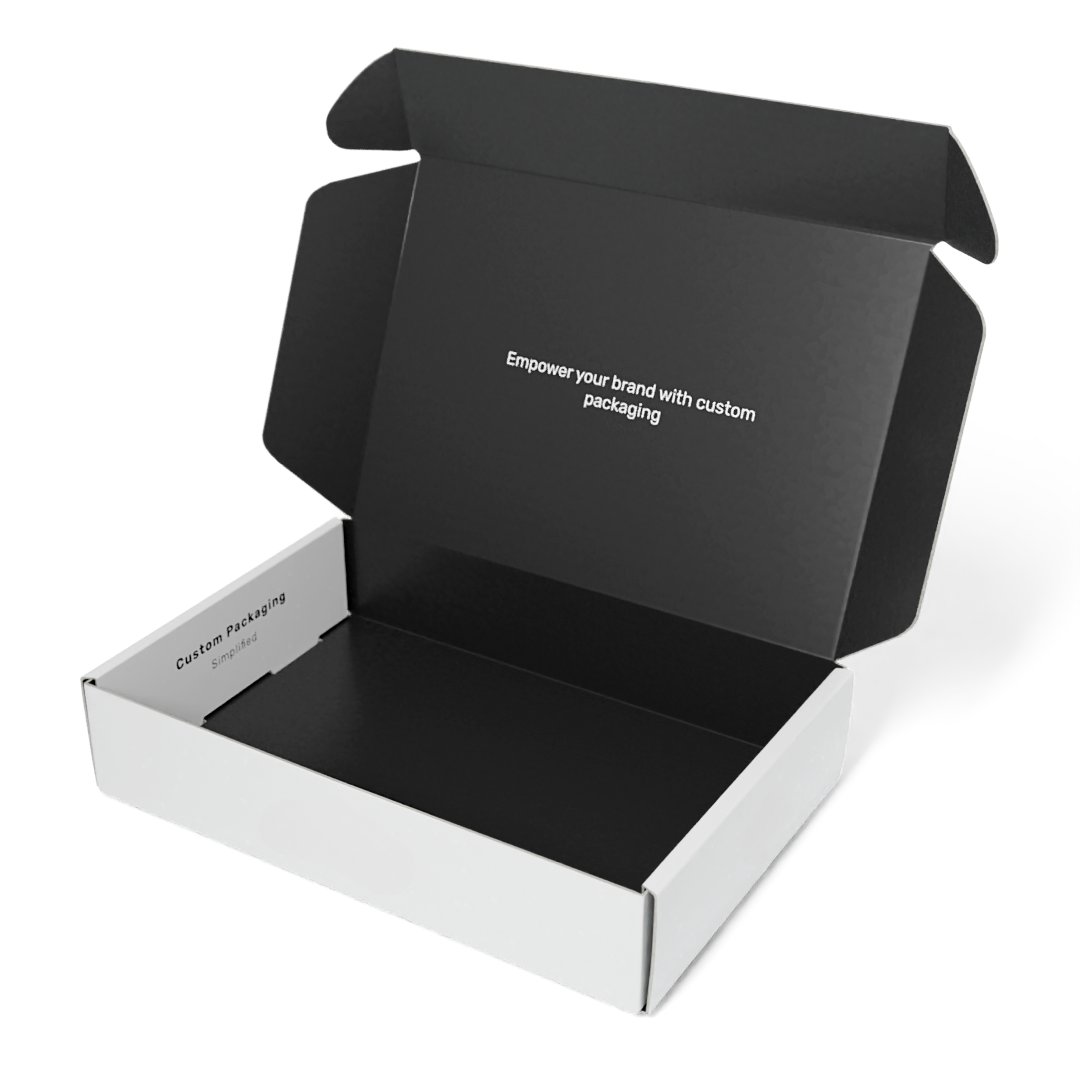
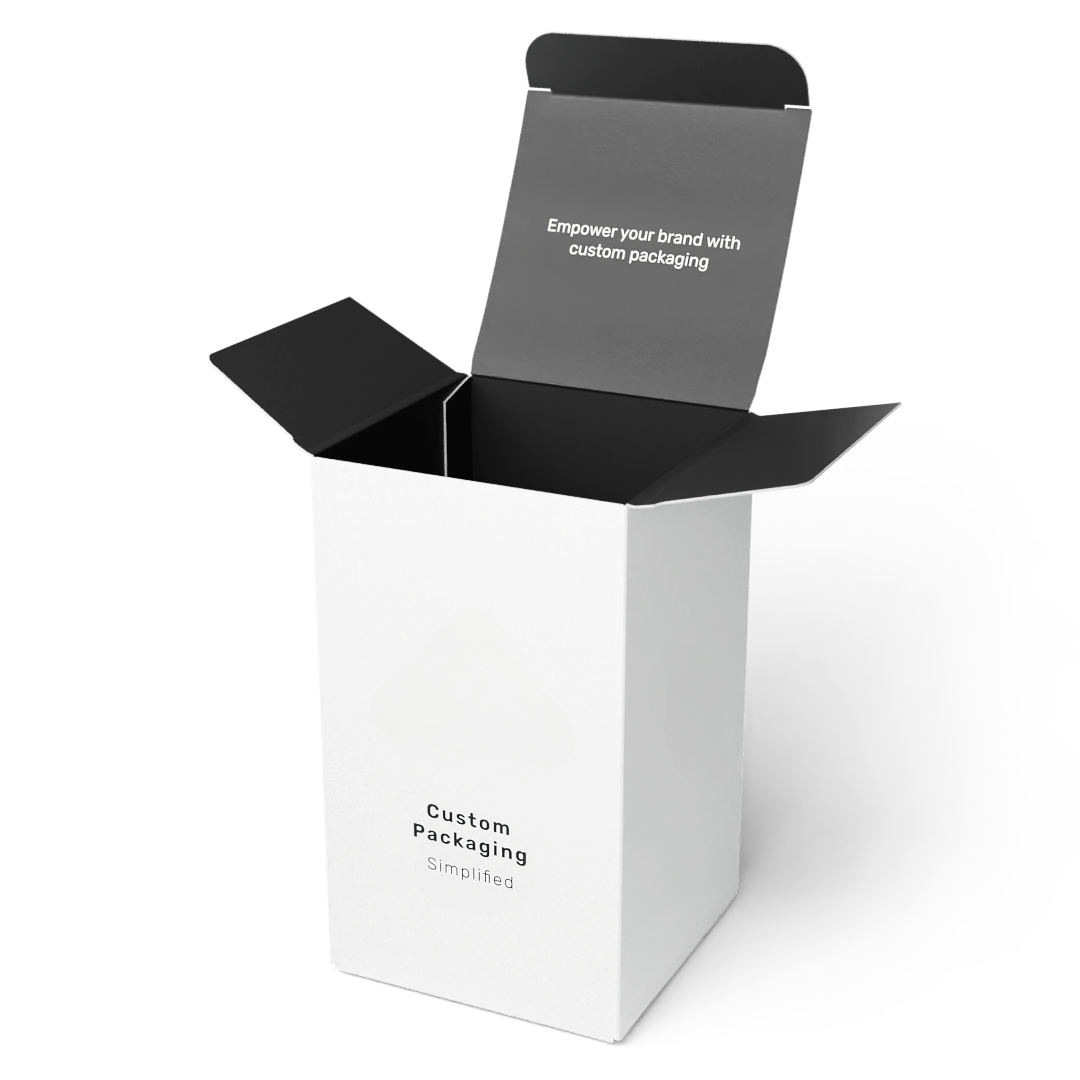

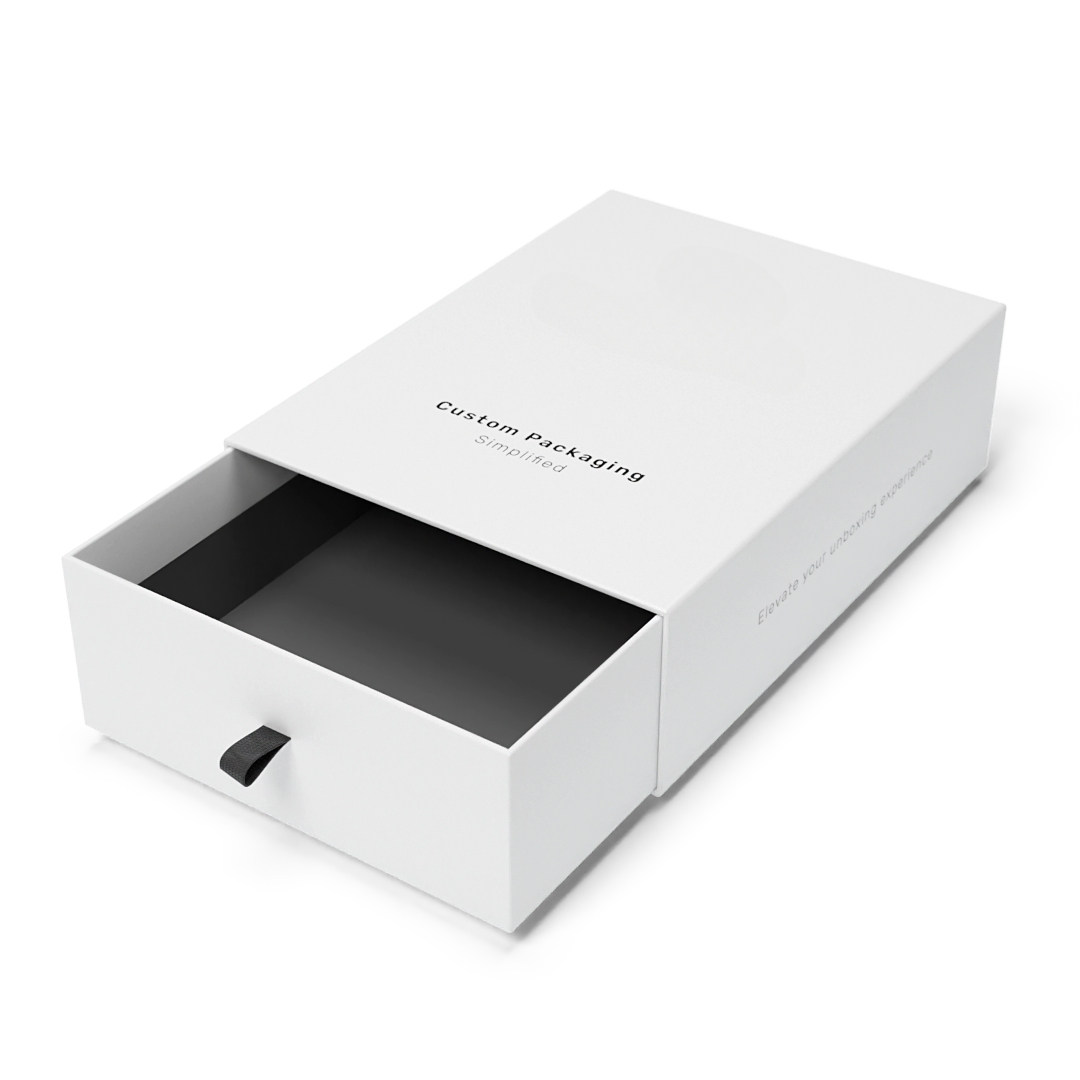
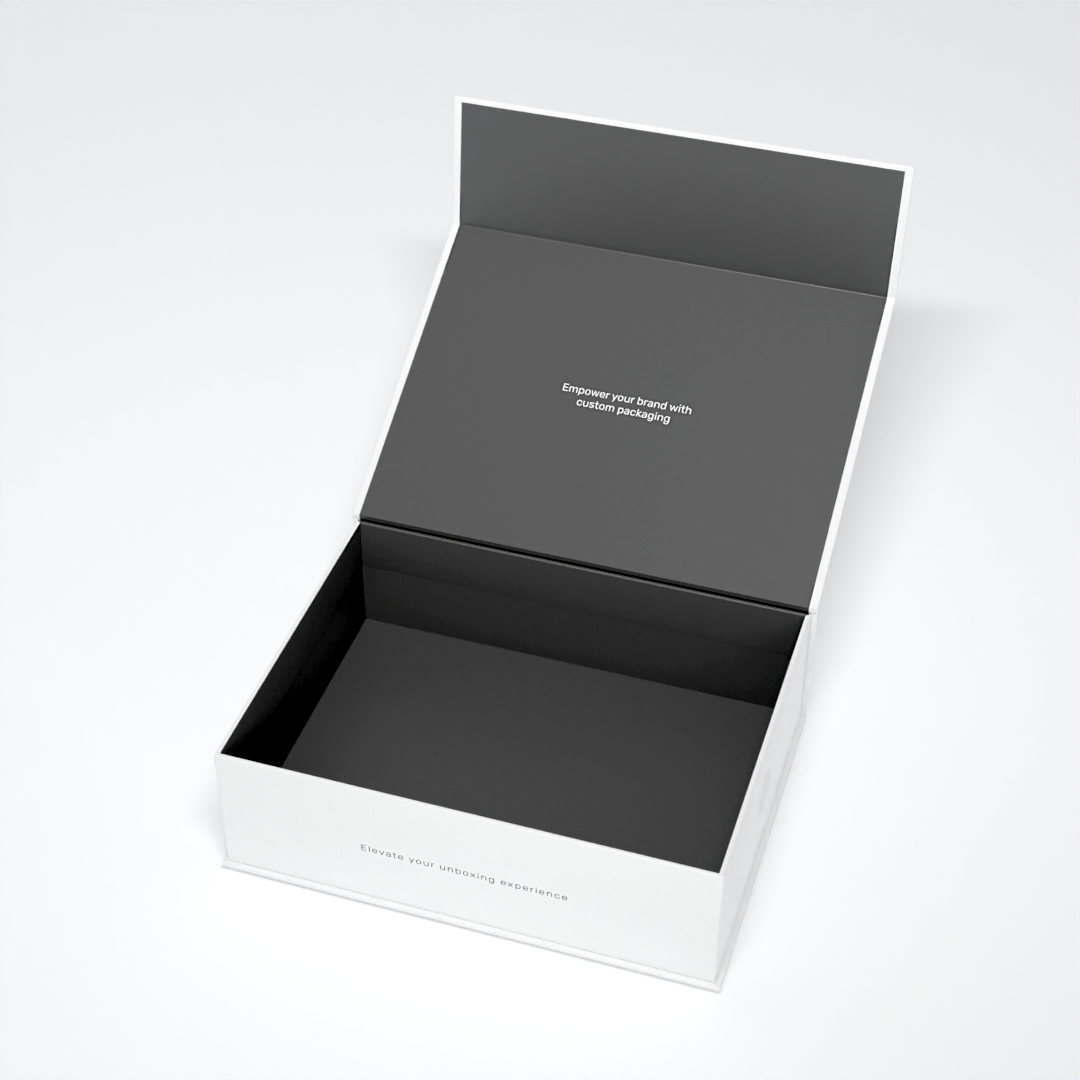


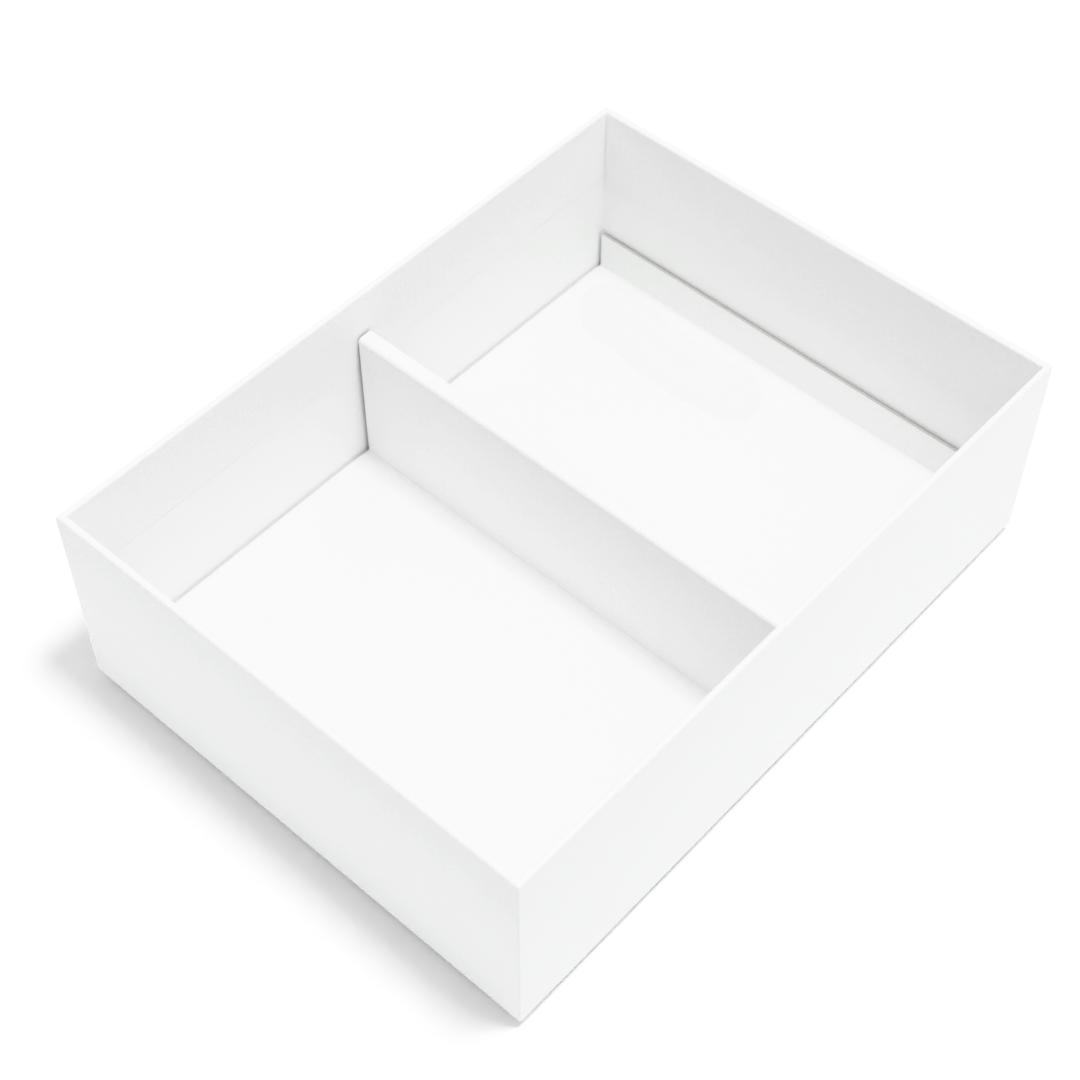
Leave a comment